Recently I got an email from a customer who was boondocking in Quartzsite, Arizona and wondering why her portable solar kit wasn't charging her batteries anymore.
After a little diagnostic work, we determined that the problem was most likely not the solar panels, but the batteries themselves. Despite being only six months old, the batteries were already reluctant to accept a charge.
Sadly, I hear versions of this story frequently. A friend once mentioned to me that he had to replace his batteries every spring, at a cost of about $500 each time. He thought the problem was "cheap batteries," but the real issue turned out to be that he didn't understand the correct way to maintain them. I soon learned that the Quartzsite customer didn't, either.
Before we get into proper maintenance, let's review the three types of batteries most commonly found in an Airstream.
“Wet cell” (Lead-Acid)
These are the most common type found in Airstreams. They're just like most car batteries. Inside each battery is a bunch of lead plates with sulphuric acid surrounding them.
Sometimes the battery will have plastic caps on the top, which can be carefully removed to add distilled water from time to time. Others are "maintenance free" and don't have removable caps.
In normal operation, wet cell batteries release a small amount of hydrogen gas. Because hydrogen is flammable and sulphuric acid is corrosive, these batteries are always kept in a separate battery box, isolated from the living quarters of the Airstream.
Absorbed Glass Matt (AGM)
These are also lead-acid batteries, but instead of liquid inside they have a paste that doesn't dry up, and they may have spiral plates instead of flat plates inside. But what you'll care about is the fact that AGM batteries don't emit hydrogen gas in normal operation, never need maintenance, and last longer.
The only downside of AGM batteries is that they cost about twice as much as wet cell batteries. If you take care of them they'll end up being cheaper per year, because you can get more life out of them.
“Lithium” (Lithium Iron Phosphate, or LiFePO4)
LiFePO batteries are all the rage right now, and for good reasons: they last a long time, have zero maintenance, are about half the weight of lead-acid, and they can be discharged deeply many times without shortening their life.
They're more expensive than AGM, and LiFePO batteries have quirks of their own, so owners need to think before they switch. (You also may need to update other electronics in your Airstream. I've written about that in a separate blog.) But overall, lithium is a great choice for many Airstreamers.
Basic maintenance for all batteries
Regardless of what you have, you should periodically inspect your batteries in their storage box. Look for tight, clean connections to each battery, with no obvious corrosion (like fuzzy whitish-green buildup). There should be no cracks or damage to the battery cases or cables, and the hold-down brackets should be tight so the batteries can't move.
Also, keep your batteries charged. Remember my customer in Quartzsite? Her AGM batteries were toast after only six months because she didn't know that you need to keep them charged at least 50% all the time. (The same is true of any other lead-acid batteries.)
Discharging below 50% is like leaving the headlights on your car overnight. Do that a few times and you'll find your car doesn't start on the next cold morning. In this case, she had let the batteries run down to 11.2 volts for a few days while boondocking. That means the batteries were at about 10% of their capacity. They normally should be 12.7 - 13.0 volts when full, and never less than 12.3 volts.
You may well ask: "But if the lights still go on, the fridge still runs on propane, and the furnace still works, how can my battery be dead?"
Many appliances that run on "12 volts" will actually continue to work at much lower voltages, far below the minimum healthy level for a battery. You can't rely on those as a guideline. It's important to keep an eye on the voltmeter (which is standard equipment in every modern Airstream) and don't let wet cell batteries get below 12.2 volts or AGM batteries get below 12.3 volts (as measured when they are resting with no appliances running).
So if there's one thing you take away from this, it's this: The most important maintenance you can do is simply to keep the batteries charged above 50% at all times.
This is particularly true during periods of storage. All types of lead-acid batteries will gradually "self discharge" over time, whether or not they're connected to anything.
Remember my friend who had to buy new batteries every spring? He didn't top up the batteries during the long New England winters, and so he always came back to find dead batteries that didn't want to charge again.
LiFePO is a bit different. Those batteries can be discharged way below 50% and come back smiling. That's one of the big advantages of them—you essentially get more usable power because you can use the entire capacity of the battery. Their "self-discharge" rate is much lower too. Read more here.
There's more to know about battery maintenance and use. It's one of the many topics covered in my book, "The (Nearly) Complete Guide to Airstream Maintenance, 2nd edition.


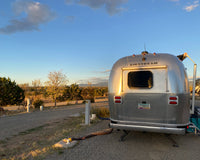

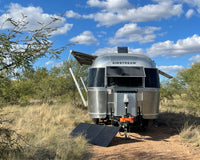
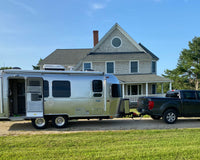
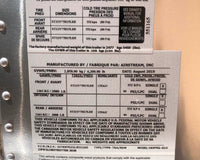
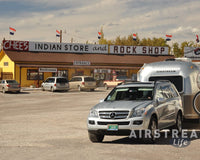

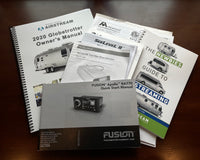
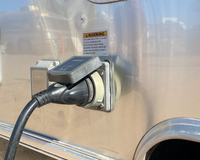
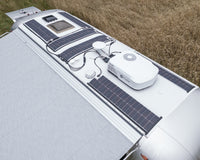
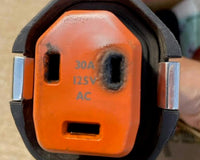



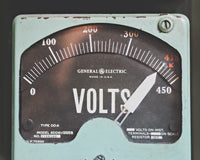


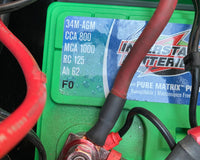
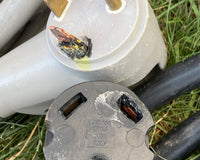
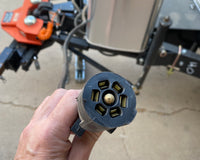
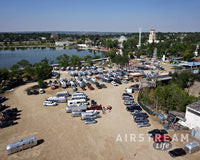
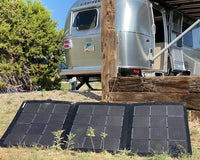
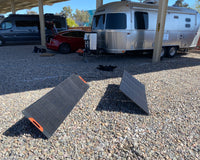
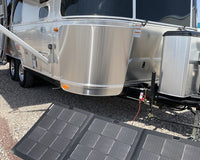


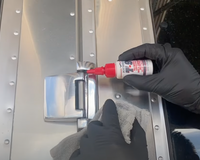
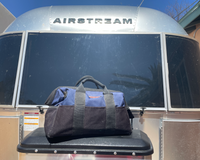

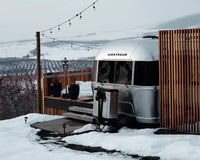

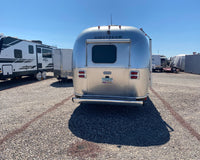
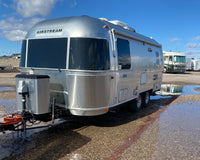
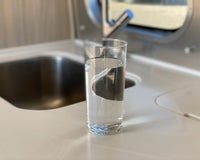

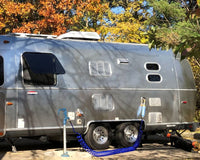

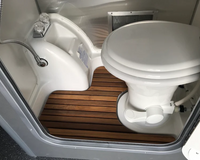

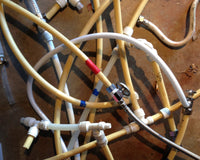
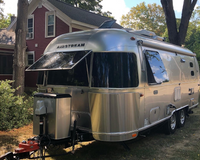
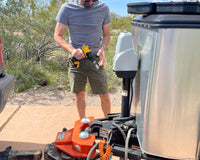
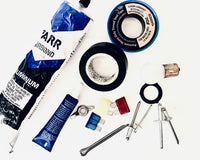
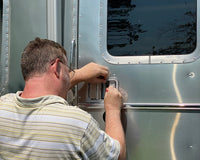
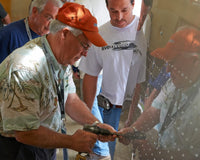
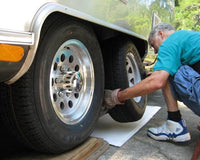

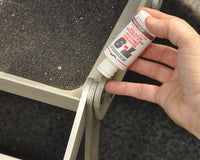

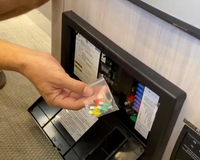
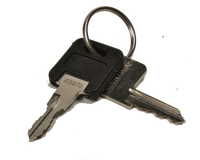
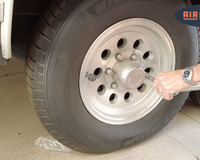
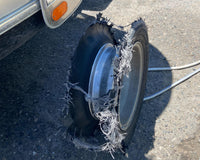
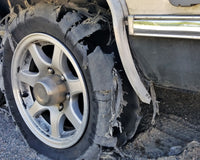
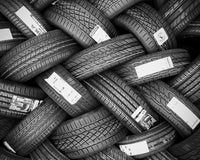
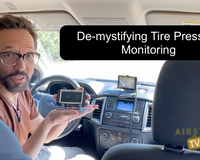
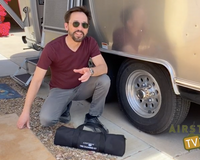

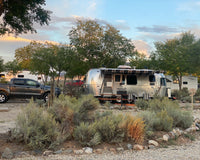
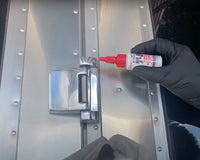

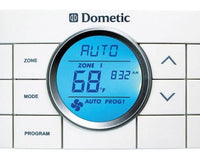
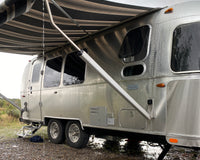
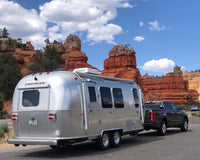
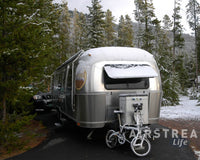

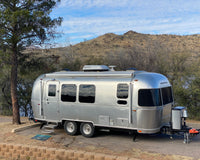



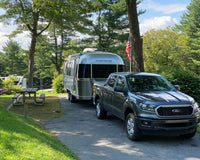
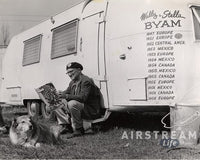
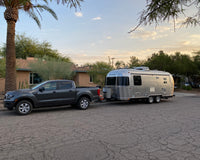
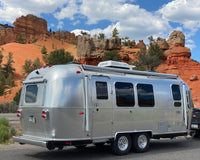
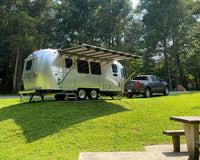
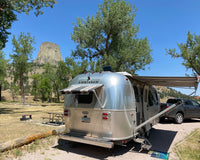
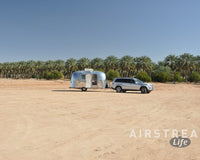



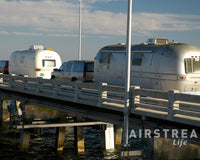
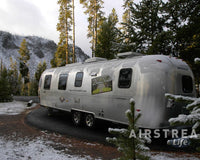
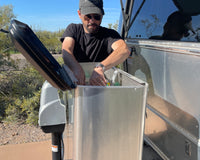
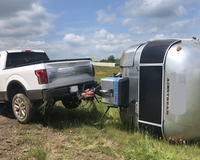
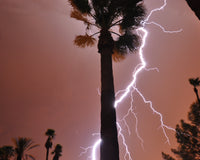

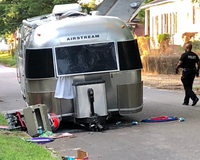


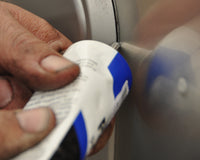



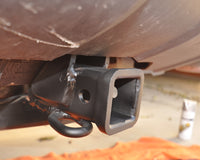
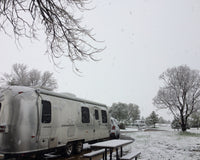
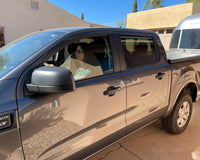
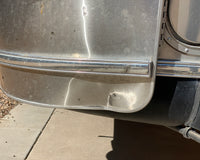

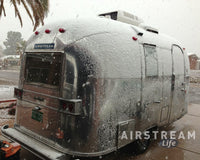
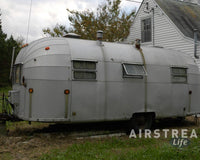

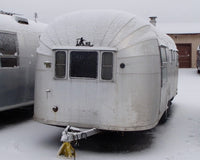
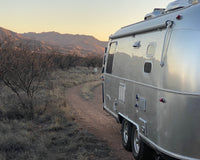
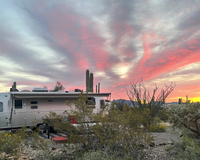
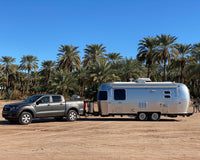

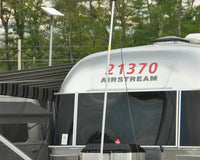
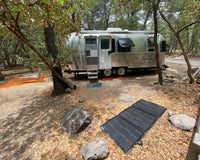



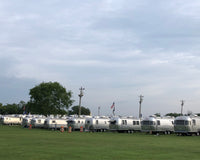
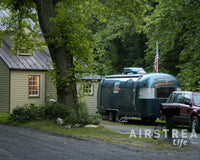
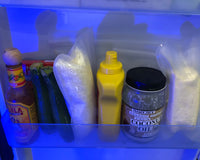
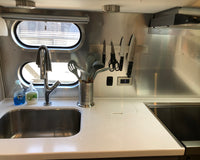
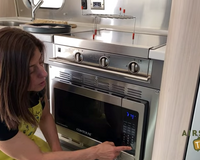


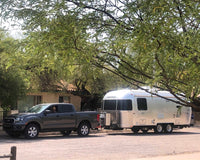
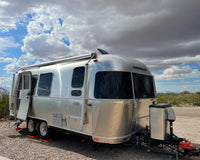

7 comments
David
Great tips for the batteries!
Looking forward to your discussion of LiPO battery. I have two of them that were installed at the time I added solar on top. They (AS) also updated the junction box to accept the LiPO.
Kristin Gibson
Living in a climate where the trailer is parked over the winter, I pull the batteries in the fall and keep them on a battery tender (trickle charger) in my house over the winter. I will also say that it is difficult while boondocking depending on weather and location (shade is both good and bad…) to keep the batteries charged as recommended above. I use as little power as I can when boondocking for that reason but find the solar charging is slow and doesn’t keep up even with that small degree of use. Using rechargeable lights and battery operated fans does help.
Jeffery Hammonds
Thanks, Rich, I always benefit from your “refresher courses.”
Don Williams
I would take exception to the description of AGM batteries. Your description of “they have a paste that doesn’t dry up” might better describe the GEL batteries that are sometimes used for RV and trailer ouse batteries. AGM’ batteries would be better describes as a woven fibre glass mat that is 90-95% saturated with acid but not to the point it would drip out; kinda like a wet but not dripping wash cloth.
John Clark
Good article. One question should one leave the camper always plugged into shore power when you are not using it so the on board charger keeps the batteries topped up?
Robert
Thanks Rich…..you always provide such great information….
Rich Luhr
A few replies to questions posed above…
Kristin: You may need to add solar capacity so that the panels can keep up with your normal daily use. If you boondock a lot, I’d suggest at least 160 watts of capacity and up to 400 if you are a heavy user of electricity (for laptops etc).
John Clark: If you have an Airstream from model year 2018 or later, you should have a “multi-stage converter” installed (it’ll be called out on the original dealer sticker). In that case it’s generally regarded as safe to leave the Airstream plugged in all the time. The converter will drop down to a “float” level of charging for maintaining the batteries, just like a smart battery charger would.
Earlier model years may have less sophisticated converters, and for those it’s best to only plug in the trailer occasionally (like a couple of days each month) during long periods of storage, to top up the batteries.